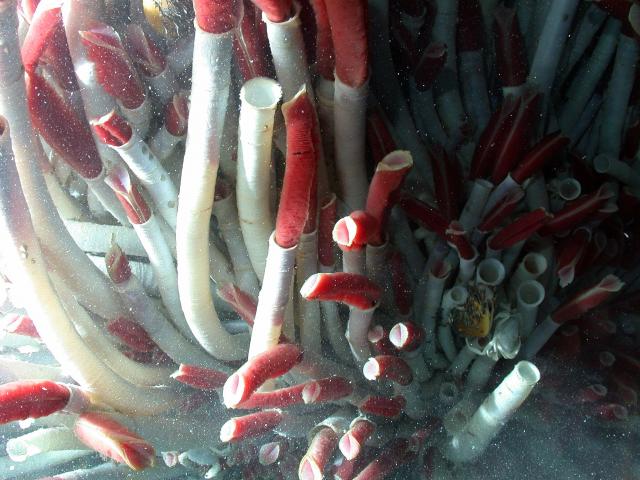
The animal was the basis of a short story Olgoi-Khorkhoi (1944) by Russian paleontologist and science fiction writer Ivan Yefremov, written under the impression of Andrews's book. It primarily lives and burrows underground, only rarely coming to the surface. It is said it can kill at a distance, either by spraying a venom at its prey or by means of electric discharge. In the 1987 book Altajn Tsaadakh Govd, Ivan Mackerle cites a Mongolian legend which described the creature as travelling underground, creating waves of sand on the surface which allow it to be detected. The worm is said to inhabit the western or southern Gobi. In 1932, Andrews published this information again in the book The New Conquest of Central Asia, adding: "It is reported to live in the most arid, sandy regions of the western Gobi." Andrews, however, did not believe in the creature's existence. It lives in the most desolate parts of the Gobi Desert." "It is shaped like a sausage about two feet long, has no head nor leg and it is so poisonous that merely to touch it means instant death. In On the Trail of Ancient Man, Andrews cites Mongolian Prime Minister Damdinbazar, who in 1922 described the worm: In 1983 a specimen of Tartar sand boa ( Eryx tataricus) was shown to locals who claimed to have seen "olgoi-khorkhoi" and they confirmed that this was the same animal. The American paleontologist described second-hand tales of the monster that he heard at a gathering of Mongolian officials: "None of those present ever had seen the creature, but they all firmly believed in its existence and described it minutely."

Tales of the creature first came to Western attention as a result of Roy Chapman Andrews's 1926 book On the Trail of Ancient Man. The Mongolian death worm ( Mongolian: олгой-хорхой, olgoi-khorkhoi, " large intestine-worm") is a creature alleged to exist in the Gobi Desert, however no evidence has ever been found to support this belief. An interpretation of the Mongolian death worm by Belgian painter Pieter Dirkx.


 0 kommentar(er)
0 kommentar(er)
